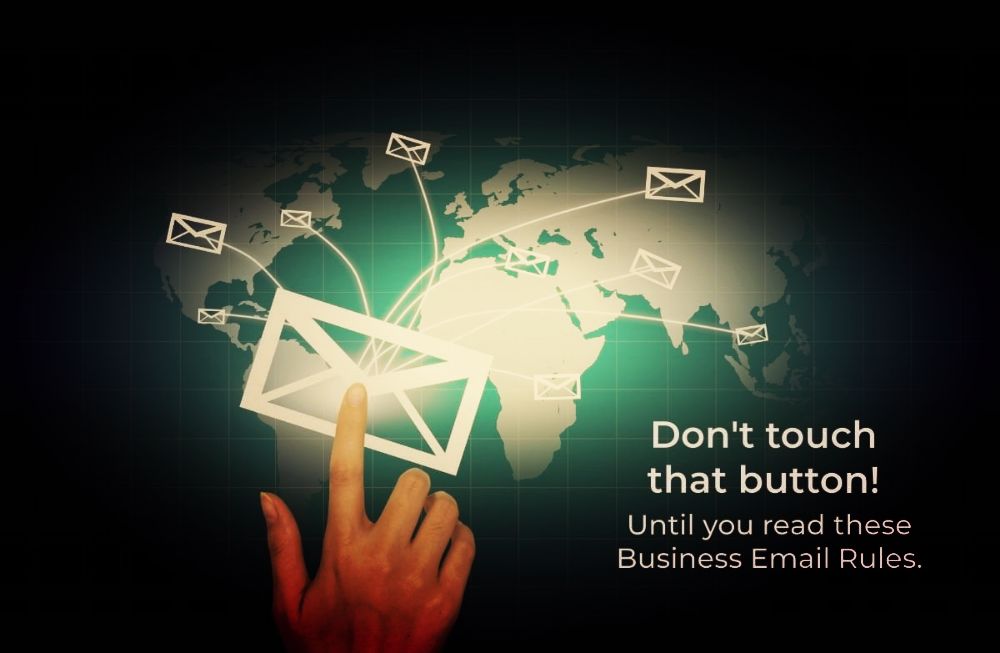Introduction

In today’s digital age, email remains an indispensable tool for business communication. However, the art of email etiquette is often overlooked, leading to misunderstandings and missed opportunities. This comprehensive guide aims to demystify the essentials of email etiquette, offering actionable strategies for professionals worldwide.
Table of Contents
- The Importance of Email in Business
- The Time Factor: How Much Time Do We Spend on Emails?
- The Global Reach: Email Usage Worldwide
- The Digital Shift: Email Usage in the Remote Work Era
- The Do’s and Don’ts of Email Etiquette
- Conclusion
- FAQ
The Importance of Email in Business
Email is not just a communication tool; it’s a representation of your professionalism and brand image. According to experts, mastering email etiquette equates to professionalism, a sentiment echoed by business etiquette consultants like Sharon Schweitzer and Jodi R.R. Smith.
Why Email Etiquette Matters
- First Impressions: Your email acts as a first impression when communicating with someone.
- Permanent Record: Emails are permanent and can be referred back to for information.
- Efficiency: Timely information can be quickly shared through email.
The Time Factor: How Much Time Do We Spend on Emails?
The average full-time worker in America spends approximately 2.6 hours per day sifting through emails, according to a McKinsey analysis. This equates to nearly one-quarter of a standard workweek.
The Rate of Change
Over the past decade, the time spent on emails has seen a steady increase of about 5% per year, largely due to the growing complexities of business operations and increased responsibilities.
Why This Matters
The time spent on emails directly impacts productivity. Therefore, mastering email etiquette can significantly reduce the time spent on email management, freeing up time for other essential tasks.
The Global Reach: Email Usage Worldwide
The number of active email users globally has surged to 3.9 billion. This massive user base makes email one of the most effective channels for business communication.
The Rate of Change
The global email user base has been growing at an annual rate of approximately 3%, driven by increasing internet penetration and the adoption of smart devices.
Why This Matters
Understanding email etiquette becomes crucial when dealing with a diverse, global audience. Cultural sensitivities and language barriers can often lead to misunderstandings if not properly addressed.
The Digital Shift: Email Usage in the Remote Work Era
The COVID-19 pandemic has accelerated the shift towards remote work, causing a noticeable uptick in email usage. Businesses running with employees across the globe have increased their reliance on emails for regular catch-ups and updates.
The Rate of Change
Since the onset of the pandemic, email usage for business communication has increased by an estimated 20%.
Why This Matters
With the rise of remote work, emails have become the primary mode of communication, making email etiquette more important than ever.
The Do’s and Don’ts of Email Etiquette
Do’s
- Use Proper Salutation: Start your email with a professional greeting.
- Stay Concise: Keep your messages short and to the point.
- Proofread: Always check for grammatical errors before hitting send.
Don’ts
- Avoid Buzzwords: Stay away from jargon and acronyms.
- No Negative Language: Maintain a respectful tone.
- Don’t Overuse Features: Be cautious with the use of “Reply All” and “CC.”
Conclusion
Mastering email etiquette is not just about following a set of rules; it’s about effective communication that fosters trust and professionalism. By understanding the time we spend on emails, recognizing its global reach, and adapting to the digital shift, we can navigate the complexities of business communication with ease.
FAQ
- What are the 5 steps of email etiquette?
- What are 10 do’s and don’ts for using email?
- What is considered proper email etiquette?
- What is the 4 email rule?


